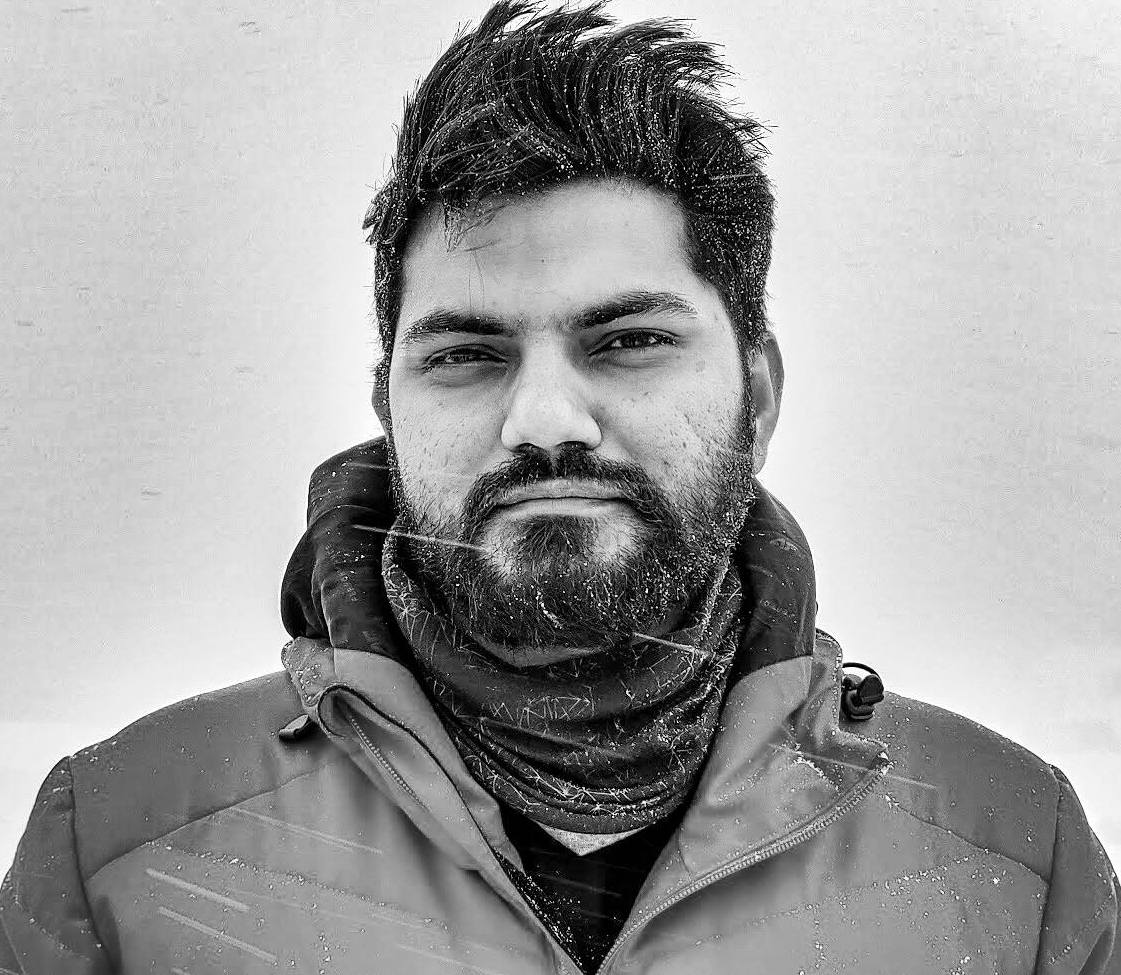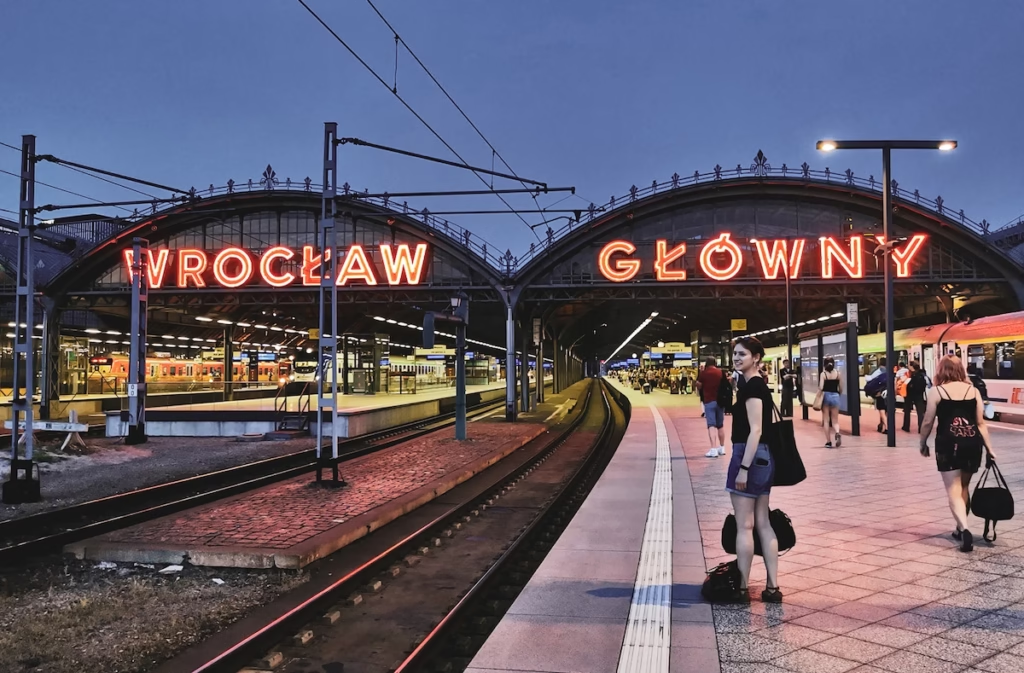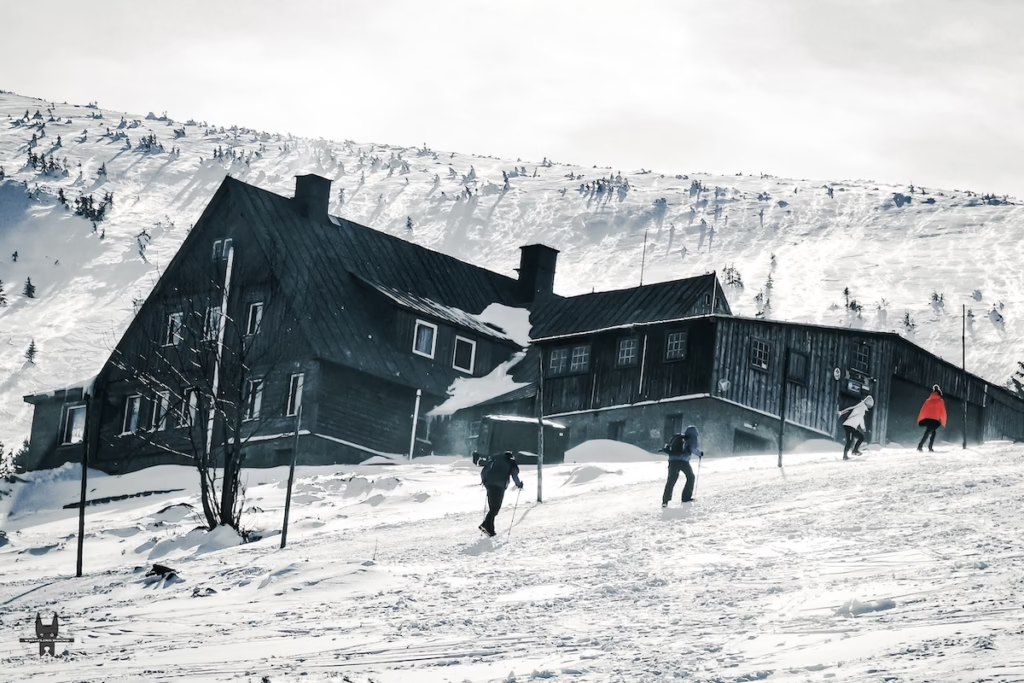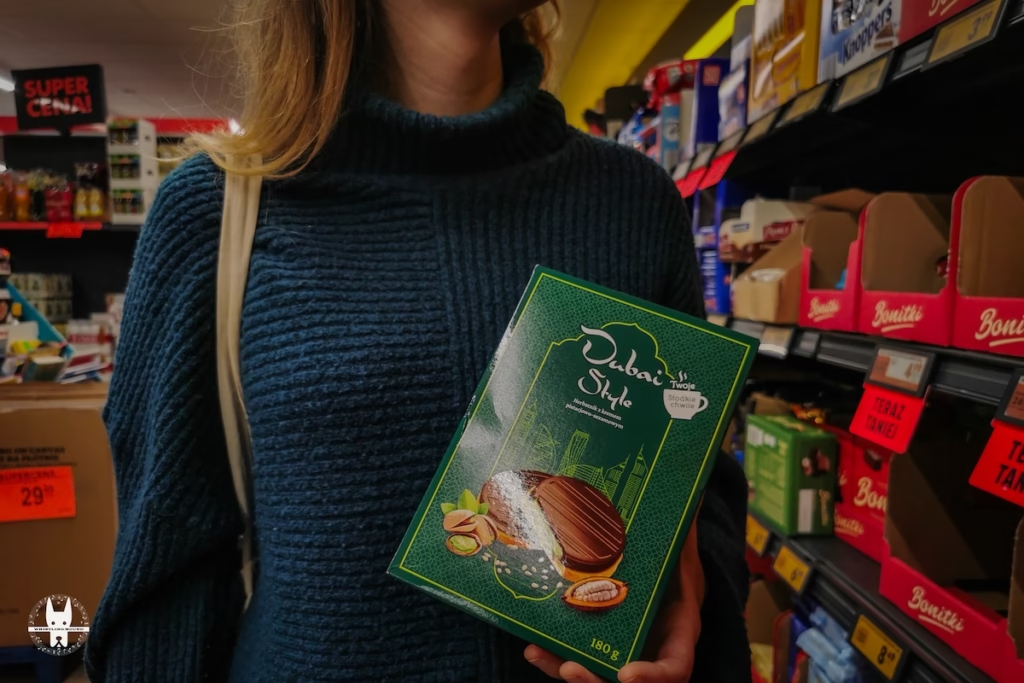If Europe had a secret summer playground, it would be called Sopot in Poland. A pier longer than five football fields, a crooked house, aristocrats in carriages, DJs on the beach. This little town on the Baltic coast has always been where Europe comes to play.
Sopot is not just a dot on the Polish Baltic Coast. It’s Poland’s glamorous seaside resort, a blend of spa town elegance, summer festivals, and golden beaches. Imagine therapeutic sunsets, aristocratic spa traditions, and nights that pulse with music. For travelers looking to mix leisure, luxury, and local culture, Sopot is the ultimate retreat.
This 48-hour guide blends the best hotels of Sopot, city attractions, and experiences. Whether you’re in Tricity for a conference, a spa break, or a Baltic escape, you’ll know exactly where to stay, what to do, and why Sopot is called the crown jewel of Poland’s coast.
Day 1: Health, Hedonism & Golden Sands
Morning: Sopot Pier Magic & Spa Town Legacy
Sopot’s roots trace back to the 19th century, when it emerged as a spa town for Europe’s elite. German aristocrats came here for sea air therapy, wooden baths, and seaside orchestras. That tradition lives on today in the modern spas tucked inside luxury hotels like the Hotel Haffner Sopot and the Sofitel Grand Hotel Sopot, true icons among 5 star hotels in Poland.
Start your day with a slow walk along the beach, followed by a spa treatment at one of Sopot’s renowned wellness centers. After all, this is where Poland perfected the art of healing through leisure.
If coming via Gdańsk/Gdynia, the Tri-City SKM train ride is the best way to get around, along with public transport.
Head straight to Sopot Pier (Molo Sopot). At ~511 m, it’s the longest wooden pier in Europe. Today, it’s still therapeutic, though now it comes with stunning views of the Baltic Sea and luxury yachts. Heads up: entrance is ticketed, but worth every złoty.
Walk out over the sea, breathe that salty, iodine-rich air. Did you know: the concentration of iodine above the far end of the pier is twice what it is on land?
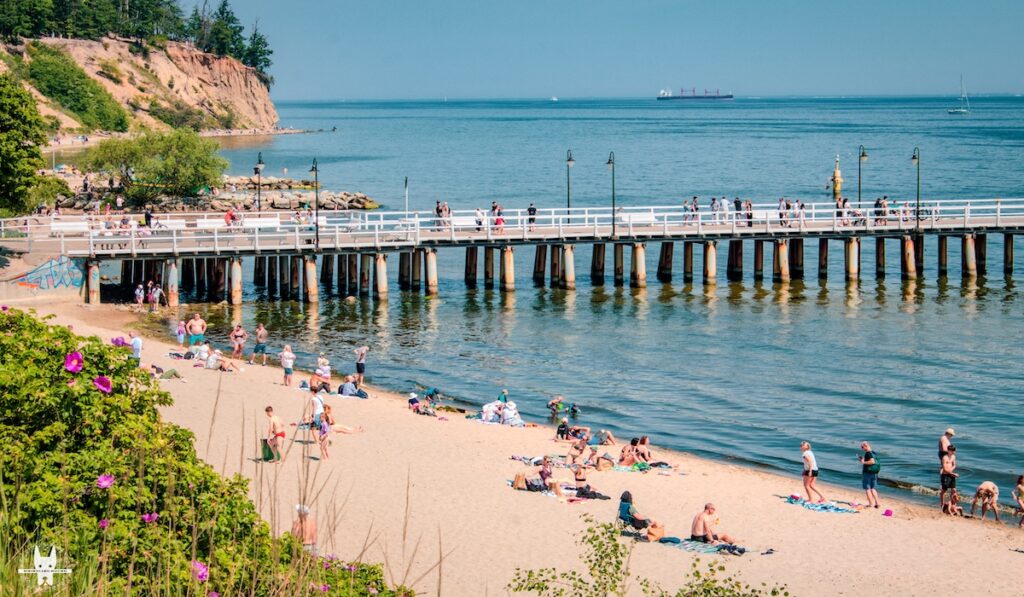
Midday: Beach, Lunch & Spa Town Origins
The 4.5 km of Sopot coastline offers sandy beach, well kept, with cafés and beach rental spots. It’s a great place to sunbathe, swim, or just people-watch. If you fancy lunch with a view, pick a beach bar or café near the Grand Hotel Sopot so you see the façade and feel the throbbing Baltic life. Grand Hotel’s reputation precedes itself. It has hosted aristocracy and world leaders; its style and stories echo the era when Sopot was a hotspot in the Free City of Danzig.
After lunch, visit the Spa House (Dom Zdrojowy). Original spa traditions from the early 19th century survive here, when doctors promoted sea air therapy and spa water to improve health. Today it houses galleries, cafés, and exhibition spaces.
Walk Monte Cassino Street (Monciak). It’s the main artery of nightlife in Sopot, buzzing with shops, cafés, and restaurants. Great for fashion browsing, coffee, and soaking in local vibes.
Spot Krzywy Domek (Crooked House) on Monte Cassino Street, an architecturally bold and whimsical sight. A perfect photo-bait, this building has cafés and shops inside.
Evening: Dinner, Sunset & Forest Opera or Sopot Nightlife
By evening, this place transforms into Poland’s most energetic nightlife strip, where you can sip cocktails, hear live music, or simply people-watch under the neon glow.
Evenings in Sopot are for dinner by the sea in one of the many restaurants near the pier. Optionally, it can be along Monte Cassino Street with Baltic views, seafood, and local fare. White Marlin Sopot has all of it!
The Sopot Lighthouse (built ~1904 as part of the spa institute) is open to visitors and worth climbing up for a panorama. It’s a paid attraction priced 15 PLN.
If timings align, book an evening concert or performance at Forest Opera, the open-air theatre in the woods with capacity ~5,000, and deep heritage in operatic festivals since the early 20th century.
Monciak’s bars, beach bars, and clubs are where Poland parties in summer.
Day 2: History, Nature & Hidden Gems of Sopot, Poland
Between World War I and II, Sopot was part of the Free City of Danzig (1920–1939), an era that left a unique imprint on its culture and architecture. Strolling through the old town, you’ll find villas that whisper stories of aristocrats, intellectuals, and artists who once summered here.
And the most famous guesthouse of them all? The Grand Hotel Sopot, which has hosted Charles de Gaulle, Marlene Dietrich, and Fidel Castro. Staying here isn’t just a night at one of the most luxury hotels Poland boasts. It is savoring history in style.
Morning: Roots & Archeology
Begin the day with a hearty breakfast in a cozy café on Monte Cassino Street. Next up, head to Grodzisko in Sopot (Archaeological Open-Air Museum). Located up on a wooded hill (Zamkowa Mountain), this Skansen preserves remnants of an early medieval fortified settlement (8th–10th centuries). Expect ramparts, reconstructed huts, gates, and palisades. It’s an ideal spot to ground you with Sopot’s deep past, before the spa era.
Visit the State Art Gallery (Państwowa Galeria Sztuki) featuring modern & classical Polish art and rotating exhibitions. The gallery offers insight into Sopot’s cultural scene beyond just sea & sand.
Midday: Free City of Danzig & Grand Hotel Stories
For lunch, dive into Kashubian cuisine, a regional specialty that pairs perfectly with Sopot’s seaside vibe. Fresh fish, dumplings, and honey-infused drinks are best enjoyed at tucked-away restaurants only locals recommend.
Plan a lunch break near the Grand Hotel or Spa Square. Look around: monumental architecture, kids riding the carousel, and the Grand Hotel Sopot in the backdrop. It was originally the Kasino Hotel in the Free City of Danzig period (post-WWI). This place has seen political turbulence, glamour, decline, and resurgence.
Take a slow stroll north through some of the older villas and streets upland from the beach. Admire the Belle Époque architecture and those spa-era buildings. Reflect on how spa town Poland grew around ideas of health, leisure, and aristocracy.
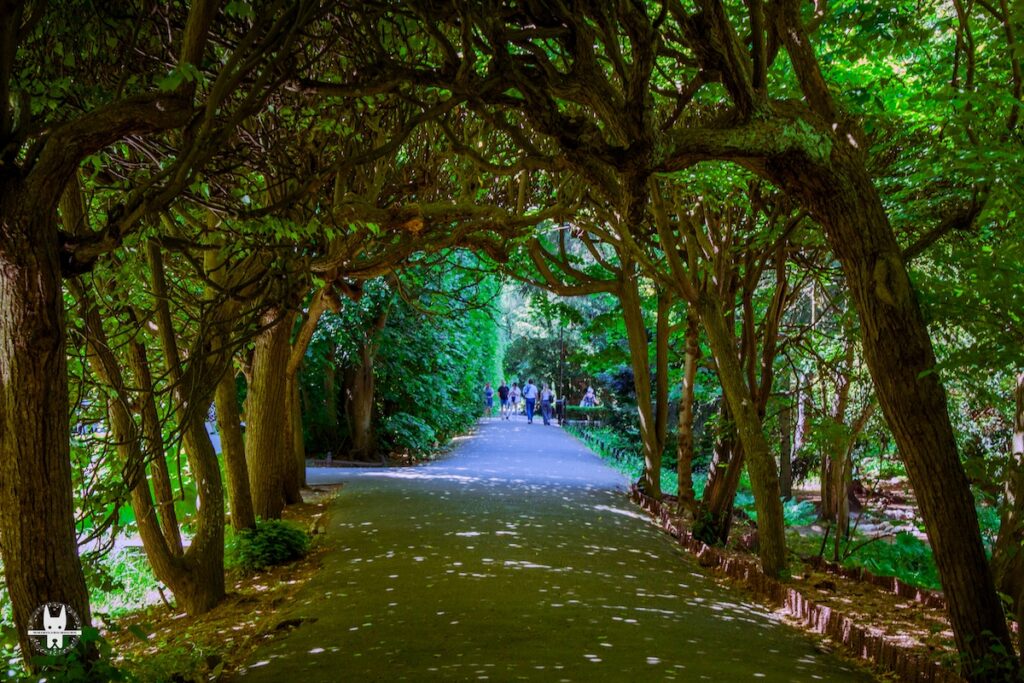
Afternoon: Nature & Views
Head to Northern Park (Park Północny), the green lungs of Sopot. Or head south to Oliwa Park in Gdańsk, just 10 minutes’ drive from Sopot Molo. This iconic park is one of the most beautiful in Poland, famous for its manicured gardens, historic abbey, and the awe-inspiring Cathedral with its rococo organ. Walk the alleys lined with lime trees, explore the botanical garden, and don’t miss the serene ponds that make Oliwa Park a masterpiece of landscape design.
If feeling active: rent a Mevo bike to Park Oliwa or Gdynia Orłowo, or walk through parts of the Tri-City Landscape Park. You can also do a boat trip from the marina along the Bay of Gdańsk for sweeping views of Gdańsk, Gdynia, and the Baltic horizon.
Evening: Stories & Local Vibes
Return to Monciak Street for dinner and try traditional Polish cuisine at a local spot.
Don’t miss to click the Statue of Wojtek the Bear on Monte Cassino Street. The bronze bear accompanied Polish troops in WWII, a sweet mix of history and sentiment.
Walk the pier at dusk! The sea looks different at golden hour, ice cream in hand, dessert in the other, seagulls overhead. If you’re after quieter, more authentic Belle Époque villas, wander the neighbouring streets branching off Monte Cassino (like Czyżewskiego, Grunwaldzka, and Parkowa). These are where you’ll find beautifully preserved spa villas tucked between greenery, less commercial but deeply atmospheric.
Practical Pointers for A Weekend in Sopot, Poland
- Getting There: Sopot is just 20 minutes by train from Gdańsk (airport or major hub). The SKM train and local transport make it easy to connect with Gdynia too.
- Best Time to Visit Sopot: Late spring to early autumn (May–September) for beach weather and events. Summer (June–August) is lively and festival-packed; spring and autumn are calmer, ideal for spa retreats.
- Sopot Festivals: The Sopot International Song Festival, held every August, is Europe’s second-largest music festival after Eurovision.
- Length of Stay: 2 days are perfect for highlights. Add one more if you want a slower pace or spa-focused trip.
- What to Pack: Layers (sea breeze gets cool), good walking shoes, swim gear, sun protection. Evenings may need a jacket.
Where to Stay in Sopot? (Top Picks)
Sopot may be compact, but it’s home to some of the most atmospheric stays on the Baltic coast:
- Sofitel Grand Hotel Sopot – Historical luxury with direct beach access.
- Sheraton Sopot Hotel – Modern comfort, next to the pier.
- Boutique Apartments – Cozy, stylish, and perfect if you want local vibes.
Ready to see Poland beyond postcards? Book your private tour with me.
FAQs About Sopot, Poland
1. What is Sopot famous for?
Its 4.5 km beach, Europe’s longest wooden pier, the Sopot International Song Festival, and its spa town legacy.
2. How many days do you need in Sopot, Poland?
Two days are perfect for highlights, but three to four days allow you to mix spa relaxation with cultural events and day trips along the Baltic Coast.
3. Best time to visit Sopot?
Summer (June–August) is peak season for festivals and nightlife. Spring and early autumn are perfect for quieter stays and spa escapes.
Further read: Why Gdańsk Shines: A Guide to Poland’s Baltic Treasure
Share this:
- Click to share on Facebook (Opens in new window) Facebook
- Click to share on LinkedIn (Opens in new window) LinkedIn
- Click to share on Reddit (Opens in new window) Reddit
- Click to share on X (Opens in new window) X
- Click to share on WhatsApp (Opens in new window) WhatsApp
- Click to email a link to a friend (Opens in new window) Email

